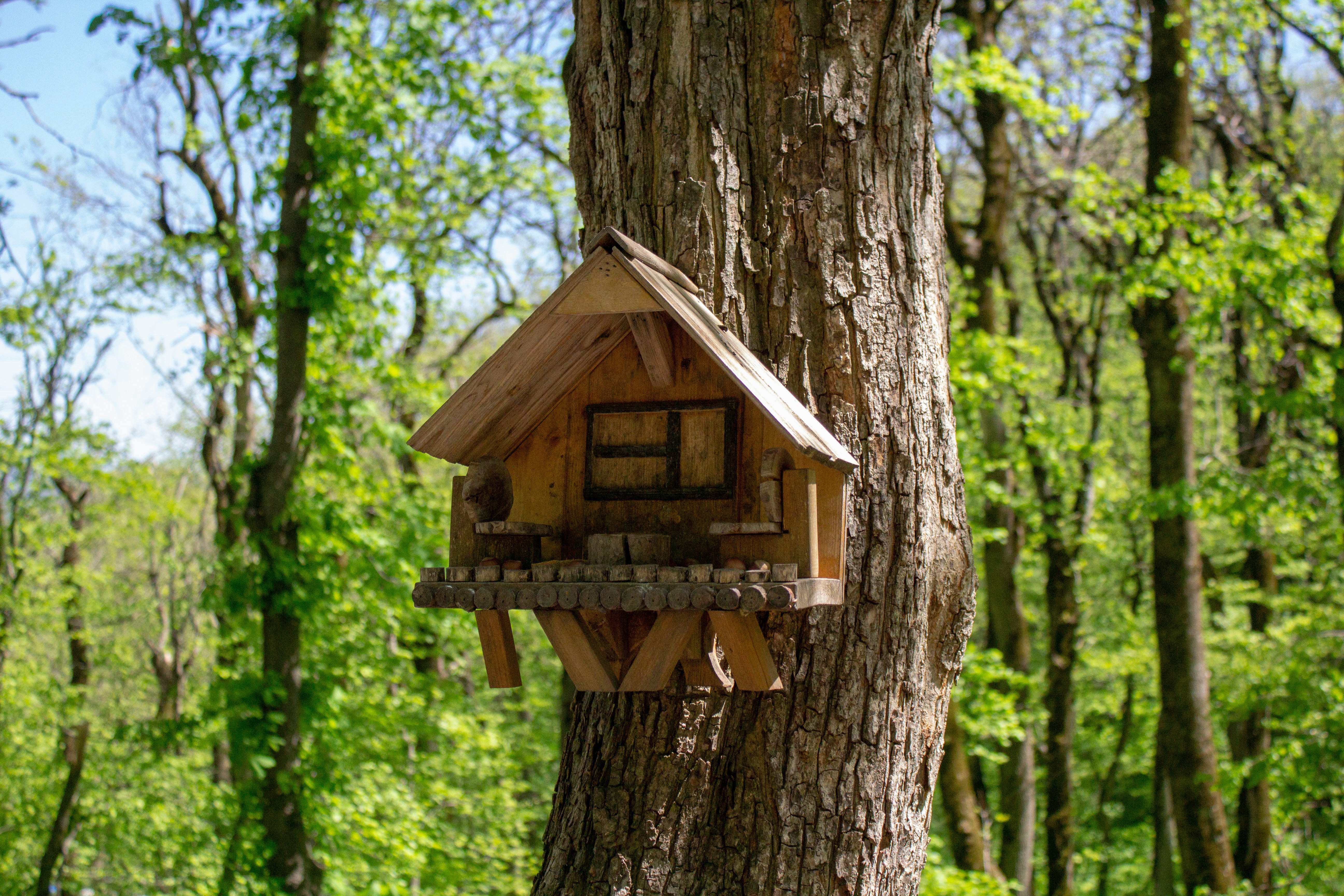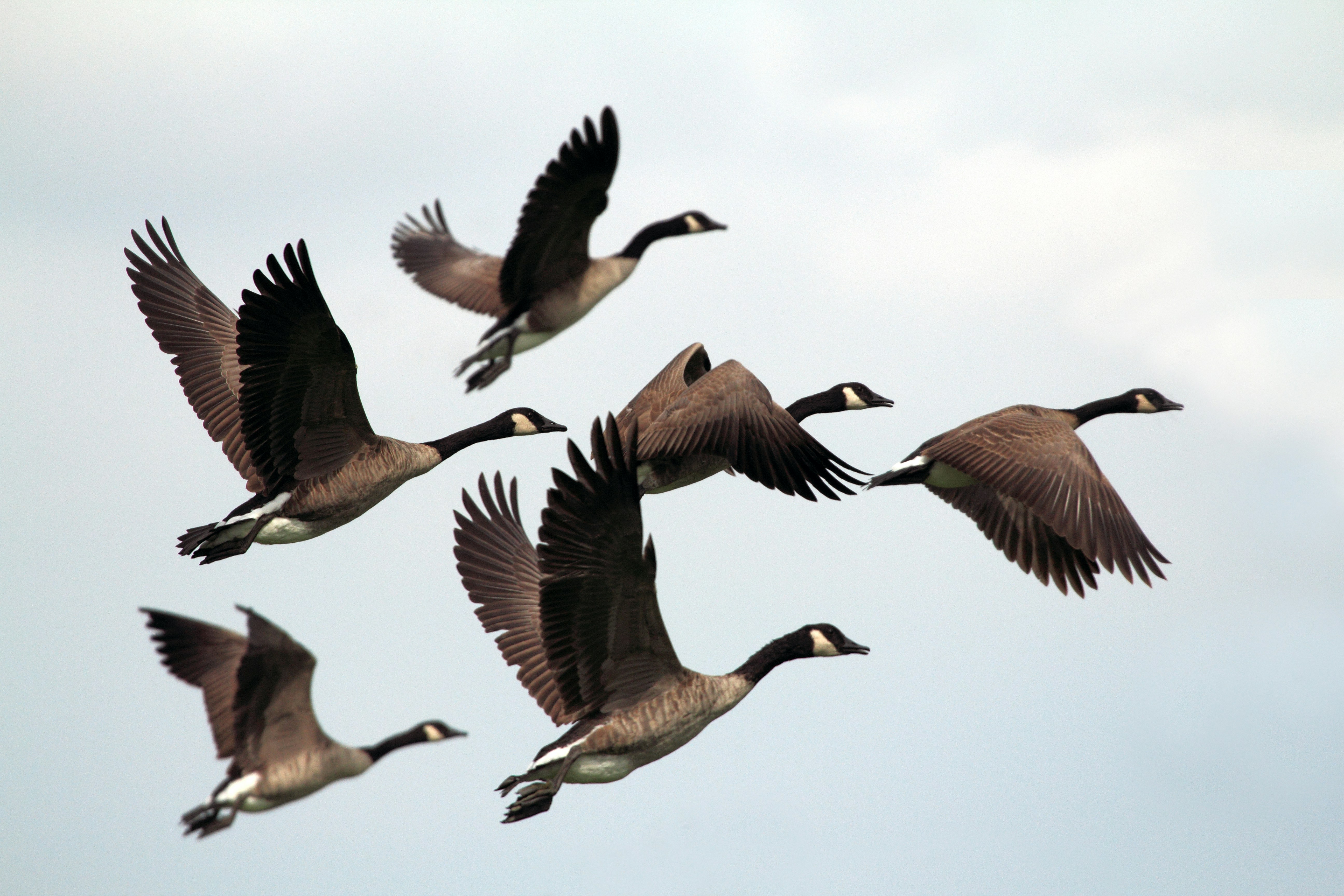The California Fish and Game Commission has taken a major step to safeguard the state’s fragile ecosystems by prohibiting the use of neonicotinoid pesticides. It is commonly known as “neonics,” on lands under its jurisdiction.
This regulation, set to take effect on July 1st, will impact over 1 million acres of fish and wildlife habitats, ecological reserves, and other protected areas. But is this move enough to combat the devastating effects of these toxic insecticides?
A Devastating Toll on Birds and Pollinators

Neonicotinoids have been linked to catastrophic declines in bird and bee populations across the globe. These systemic insecticides are absorbed by plants, rendering them toxic to any insect that feeds on them.
Greg Loarie, an attorney for Earthjustice, emphasized the urgency of the situation, stating, “Systemic insecticides like neonicotinoids have no place on public lands. They are harmful to a wide variety of species and the biodiversity throughout ecosystems.”
A Model for Habitat Protection

Hardy Kern, director of government relations for the American Bird Conservancy, applauded California’s leadership in habitat protection. “By prohibiting neonics on state lands, the Fish and Game Commission have made California a leader in habitat protection for all wildlife, and serve as a model to the rest of the country,” Kern said.
With dozens of endangered bird species and millions of migratory birds passing through the state each year, this measure could prove crucial in preserving California’s rich biodiversity.
Reassessing Non-Agricultural Neonic Use

California’s Department of Pesticide Regulation (DPR) has taken the first steps toward stronger oversight of neonicotinoid use in gardens and golf courses across the state. Prompted by AB 363, a bill co-sponsored by environmental organizations.
The DPR must scrutinize the potential harms from non-agricultural neonic use within the next two and a half years. Will this reevaluation process lead to meaningful change and increased protections?
A Comprehensive Approach to Risk Assessment

The reevaluation process initiated by DPR promises a more comprehensive approach to assessing the risks posed by neonicotinoids. This review is unlike the previous evaluation focused solely on agricultural use and impacts on honeybees.
It will consider the cumulative effects of multiple neonics on human health, aquatic organisms, and pollinating insects. With mounting evidence linking neonics to neurological, developmental, and reproductive harms in humans, this broader scope is long overdue.
Aquatic Life and Drinking Water at Risk

Recent water testing by DPR has revealed alarming levels of neonic contamination in California’s surface waters. The report came back with detections in 93% of samples from urban areas in Southern California and 67% in Northern California.
This chronic pollution not only decimates aquatic insect populations, but also poses a threat to the birds and fish that rely on them as a food source. Moreover, the presence of neonics in drinking water raises concerns about human exposure and potential health consequences.
Persistent Exposure and Disproportionate Impacts

A nationwide study found neonicotinoids in the bodies of over 95% of pregnant women surveyed, with the highest levels detected in Hispanic women. Disturbingly, the detection levels and frequency steadily increased for all participants over the four-year study period.
This data, combined with earlier findings of neonics in half the U.S. population and highest levels in children. It underscores the urgency of addressing this persistent exposure.
Aligning with Broader Efforts to Reduce Harmful Pesticides

As DPR moves forward with the non-agricultural reevaluation of neonicotinoids, its actions should align with other efforts in California and across the country to reduce the use of harmful pesticides. NRDC is currently engaged in litigation with DPR to ensure effective regulation of pesticide-coated crop seeds.
It includes those treated with neonics. Additionally, the state’s progress in implementing the Sustainable Pest Management Working Group’s Roadmap for California will be closely monitored.
Funding Increases for Stronger Regulation

Governor Newsom’s recent budget proposal included an increase in DPR’s funding through a hike in the pesticide mill fee charged on pesticide sales in the state. While NRDC supports funding increases for DPR, it is crucial that this additional funding translates into tangible actions.
It is also to protect public health and the environment. Can California’s leadership seize this opportunity to strengthen pesticide regulation and prioritize the well-being of its citizens and ecosystems?
A Turning Point for Pollinators and Biodiversity

The ban on neonicotinoid use on state lands and the forthcoming reevaluation of non-agricultural neonic use mark a pivotal moment in California’s battle against these toxic insecticides. The state has an opportunity to lead the way in safeguarding its rich biodiversity and protecting the health of its residents.
By prohibiting the use of neonicotinoids on state-managed lands, California has created vital sanctuaries for birds, bees, and other sensitive species. These protected areas serve as refuges where wildlife can thrive without the threat of exposure to these systemic insecticides.


